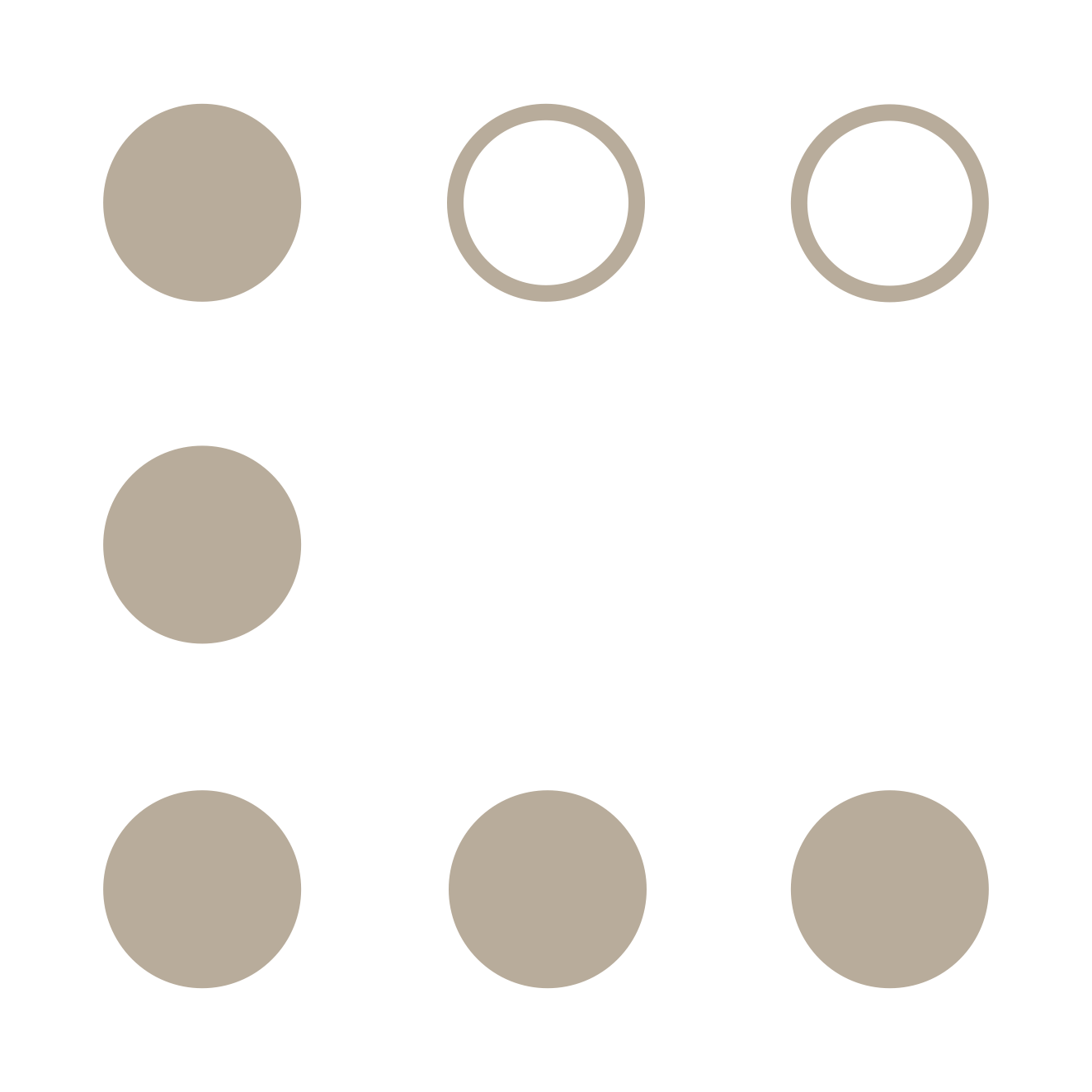Contextual Design to create solutions for customers is an excellent post on how to capture the essence of a particular task. But after you’ve turned your solution into the perfect filter, how do you turn it into a solution which gets users away from paper and onto your services?
 Design for Convenience
Design for Convenience
Forrester released a report outlining mobile trends for 2011. Among other trends, it signaled convenience as a focus for companies to invest in. One of the main reason the mobile market is growing exponentially is simply because – in some cases – mobile has become more convenient in use than a desktop. So how does someone design for convenience?
First, you envision the ultimate digital user experience. One in which the user perceives the service as a pleasant habit which they enjoy reusing contrary to a tedious task they are forced to repeat. Then you design the user interface to go along with this experience. Finally, you design the content and platform to fit the interface and experience.
For example, one can geotag content by jurisdictions to be displayed on a map. A user can then visualize different views of subject matter and distil various facts. For instance, they might predict the most likely outcome of a certain case per jurisdictions just by the size of pushpins or the color of a jurisdiction on a map. (See mapping lead generation:www.forcemapper.com ). It will also enable content to be location aware to the user, especially a mobile one, thus creating a new experience and possibly a pleasant habit.
The power of ‘Edit’
Creating a pleasant habit is also realizing that you are not the only one trying to do so. There already are lots of services out there aiming to do the same and your users have experienced some of them.
Moreover, old habits die hard so it is a challenge to entice users to switch to your newly created ‘habit.’ To make the switch easier is to ensure your service can be modified to better fit most users. Users must be able to customize and personalize your service and to easily join or cancel it.
This offers them a simple but powerful incentive called: choice.
Develop with an ‘edit’ button in mind for your user and present it prominently on your service, application, or site. Build API’s for developers and use emerging standards for your services. Let users know they have influence over whatever it is you’re providing for them.
As John Barker hinted in “Content & Software – an Eroding Distinction?”, software has a distinct quality that enables users to manipulate the output. The rise of user-generated content has proven that users crave more control and publishers should provide as much as possible.
Ultimately, publishers should strive to create a platform where a user has the freedom to use content to gain knowledge the traditional way but in a modern fashion.
